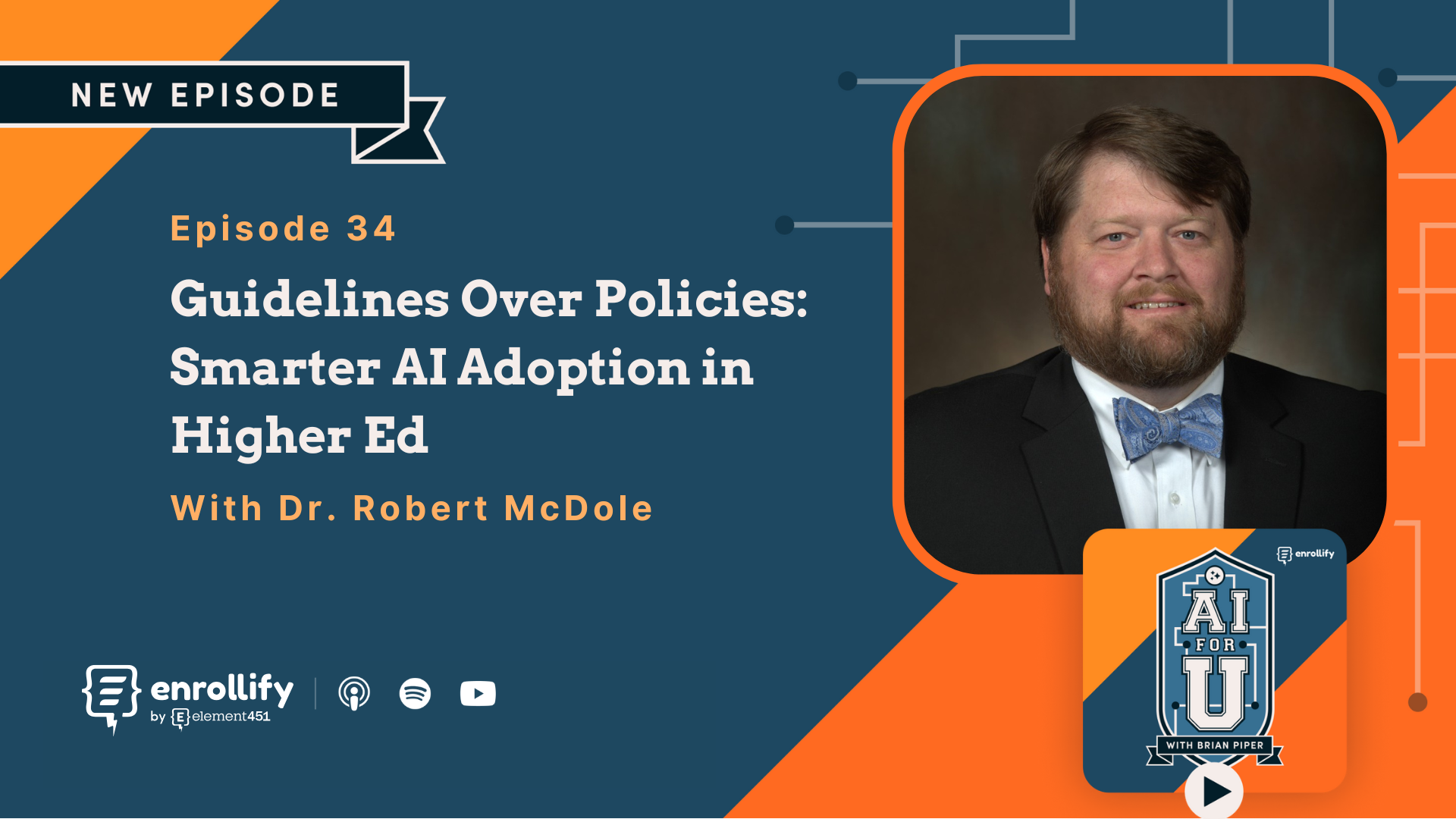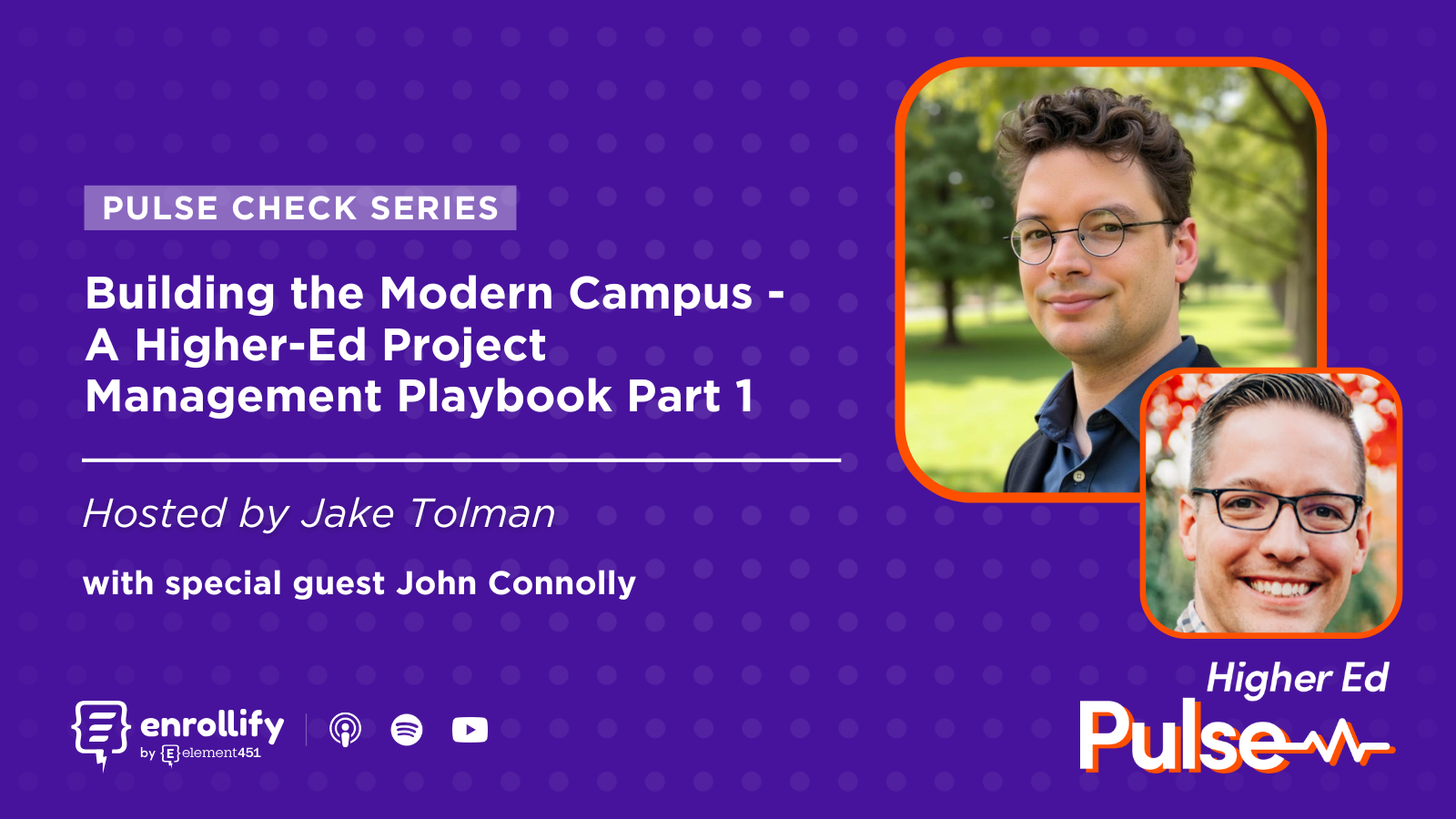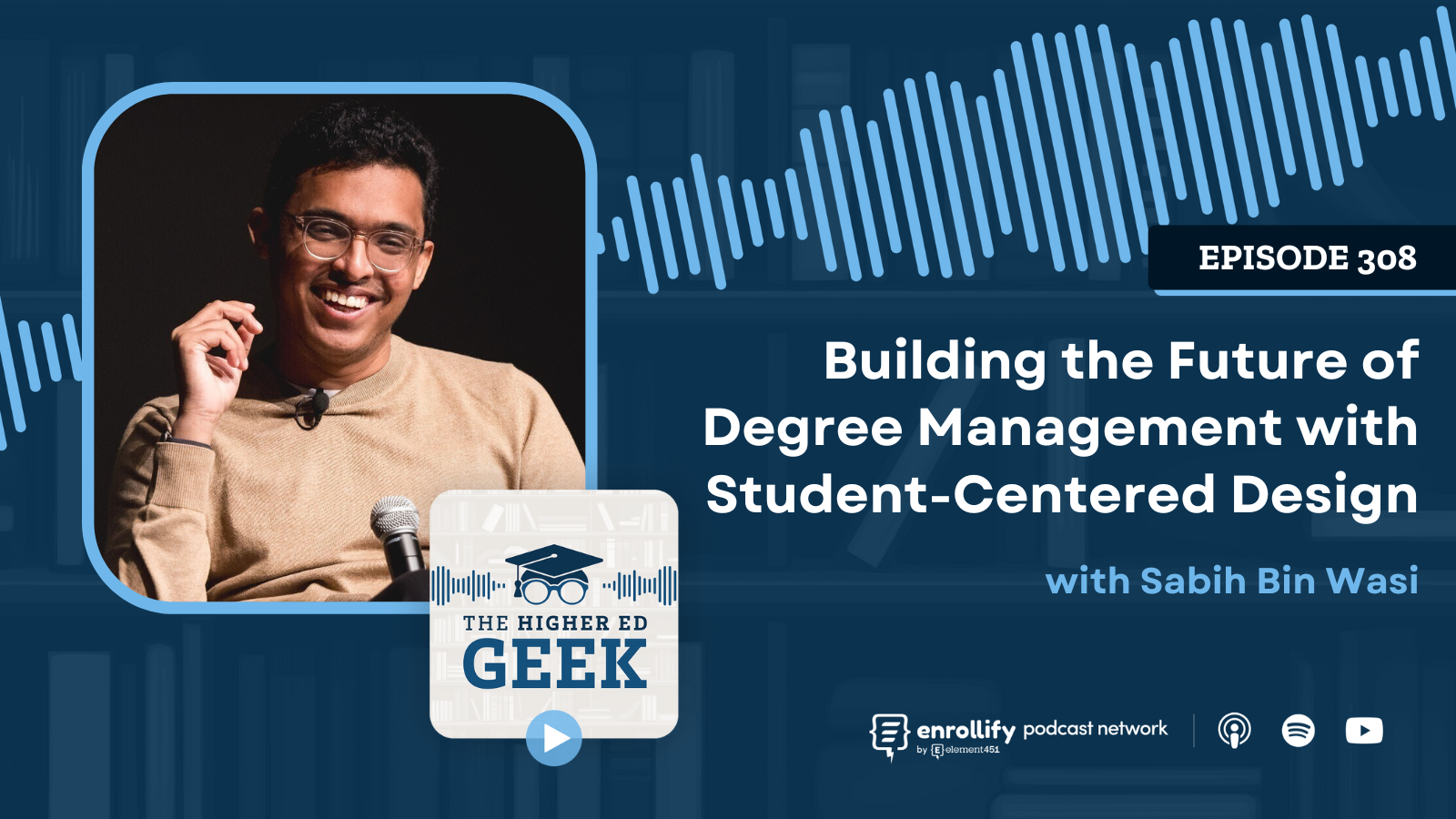About the Episode
Join President Ian Mortimer as he delves into important considerations for exploring M&A strategies and innovative, alternative pathways for success. In this episode you will learn about:
- Reasons why certain mergers don’t pan out
- The tradeoff of balancing rational and emotional facets of mergers.
- Options such as leveraging shared resources to navigate merger complexities.
- The need to explore alternative and innovative educational models.
Key Takeaways
- M&A Should Drive Strategic Innovation
Mergers are most successful when they go beyond cost-cutting, focusing on creating new opportunities, programs, and value for students. - The Importance of Emotional and Rational Balance
Leadership must navigate both logical and emotional considerations to ensure that M&A decisions align with institutional values and community trust. - Alternatives to M&A: Innovation Within Institutions
Institutions can innovate by repackaging programs, sharing resources, or creating middle experiences between high school and college to address enrollment challenges. - Shared Resources as a Pathway to Sustainability
Collaboration through shared administrative resources can reduce costs and build trust, setting the stage for potential future mergers.
What Drives M&A Activity in Higher Ed?
M&A in higher ed is largely driven by financial pressures such as declining enrollments, increasing operational costs, and demographic shifts. For many institutions, merging is seen as a way to achieve cost savings by eliminating redundancies while maintaining operations.
How Can Institutions Create Strategic M&A Outcomes?
Mortimer highlights that successful mergers focus on long-term innovation, not just short-term cost savings. Examples include:
- Leveraging complementary strengths to create unique academic programs.
- Merging geographic or resource synergies to expand student offerings.
- Exploring multinational mergers to build globally relevant institutions.
What Role Does Leadership Play in M&A Success?
Leadership is critical in navigating the complexities of M&A, particularly in balancing emotional and rational factors. Mortimer advises:
- Creating a vision that shows mutual benefit and innovation for all stakeholders.
- Recognizing and addressing emotional resistance by ensuring equity in the process.
- Involving third-party facilitators to mediate discussions and foster collaboration.
Are There Alternatives to M&A?
Yes, institutions can explore alternatives to mergers, such as:
- Shared Resource Models: Partnering with nearby institutions to share HR, IT, or payroll functions, as seen in Vermont’s Green Mountain consortium.
- Internal Program Mergers: Combining internal programs to create interdisciplinary offerings, increasing relevance and marketability.
- Middle Experiences: Offering short-term, skill-focused programs that bridge the gap between high school and traditional college degrees.
What Does Success in Higher Ed M&A Look Like?
Mortimer shared a successful example from his tenure at Champlain College, where a merger with Woodbury College integrated mediation programs into Champlain’s offerings. This merger preserved equity, involved collaborative leadership, and introduced an innovative online component to the curriculum, creating a win-win scenario.
Strategic Insights for Higher Ed Leaders
Focus on Innovation Over Cost-Cutting
While cost-cutting is a necessary part of M&A, leaders should prioritize strategic innovation. This means identifying unmet needs in the market and using the merger as an opportunity to offer new, in-demand programs that neither institution could achieve independently.
Prepare for Emotional Challenges
M&A decisions are deeply emotional, often tied to institutional identity and legacy. Leadership must build trust early in the process by ensuring equity, preserving brand identity, and creating a shared vision for the future.
Explore New Models of Collaboration
Shared resource agreements offer a stepping stone for institutions to explore partnerships without committing to a full merger. Over time, these collaborations can build the trust and operational alignment needed for larger initiatives.
Reimagine Educational Offerings
Mortimer advocates for institutions to rethink how they deliver education. Short-term credentials, interdisciplinary programs, and entrepreneurial training can help attract new student demographics and address market demands.















